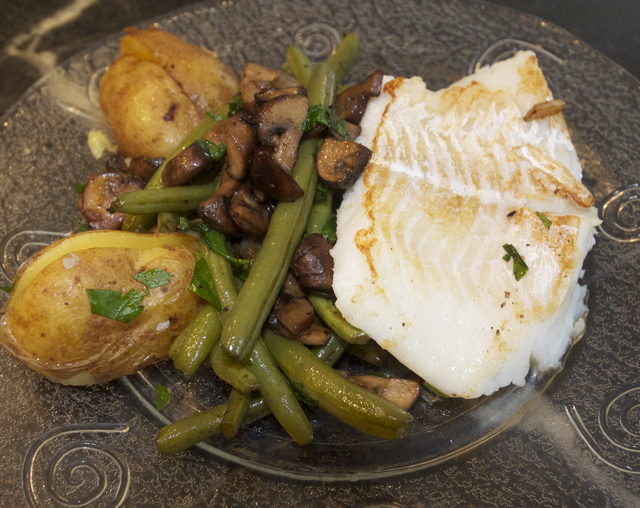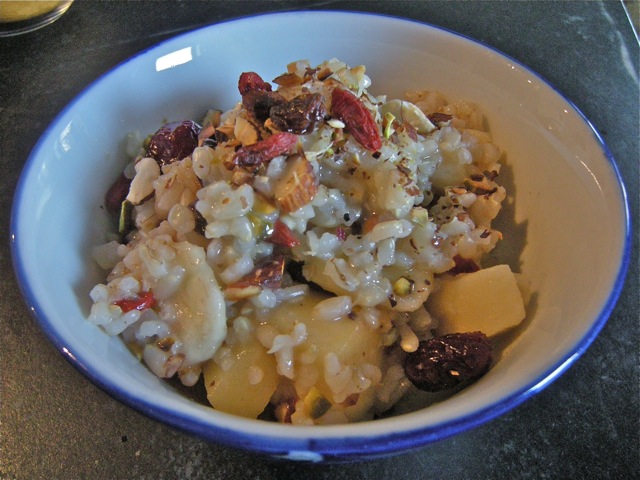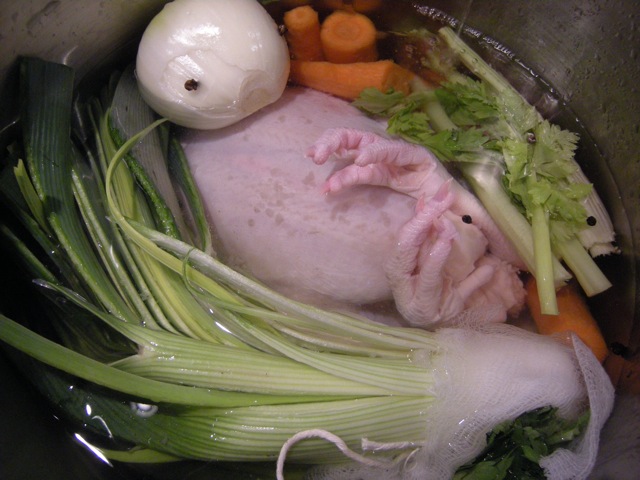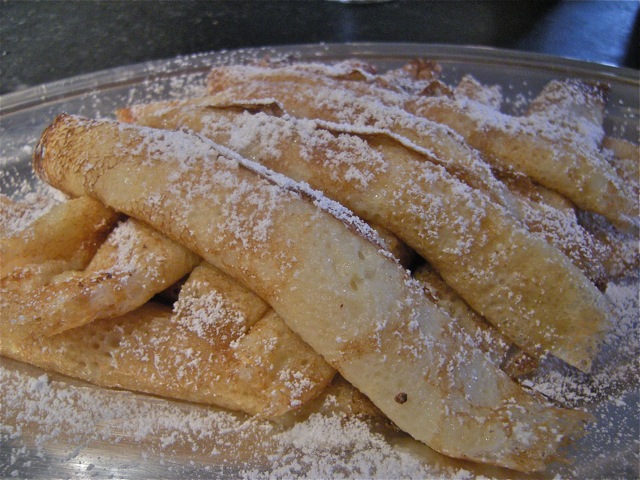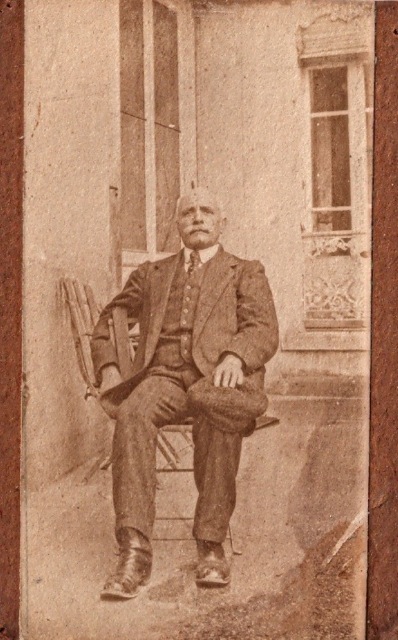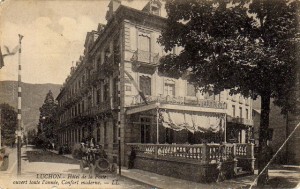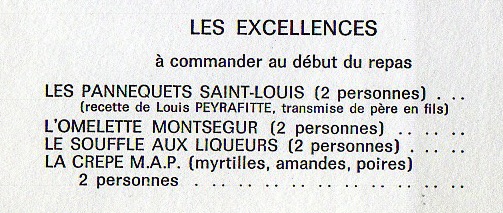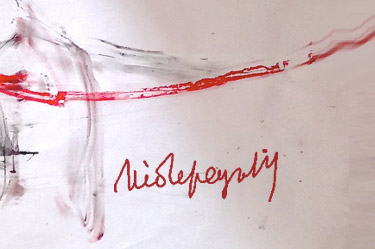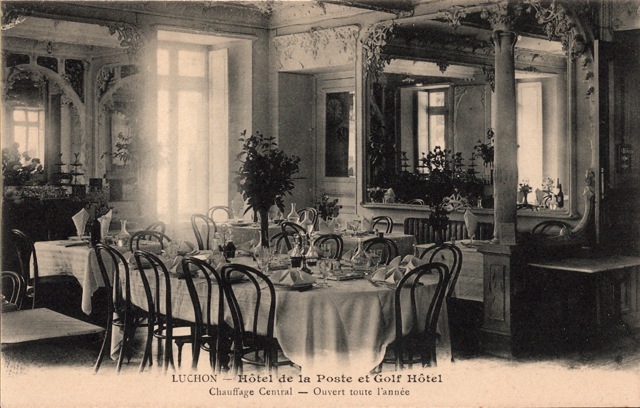Pastels on Canvas 52×24 — Fall 2019
Thank you Guillermo Gregorio for the permission to use this beautiful music
Rodchenko : Suite Part Two (1999) Album Faktura (released 2002 by hat Art/Hat Hut Records, Switzerland)
A HAPPY 2020 TO YOU ALL!
Pierre is finishing up several books for 2020 publications and gearing up for many upcoming trips & I locked myself into my studio making new paintings for upcoming exhibitions.
2020 is going to be very busy and we’re already scheduling 2021. See below for details & snapshots from 2019, but first a few dates to save:
EVENTS:
NICOLE & PIERRE
Sunday January 19, 2 PM – 8 PM:
Steve Dalachinsky Memorial
Artist Space
11 Cortland Alley, New York
Event details here
PIERRE
Saturday January 25, 7:00PM:
Poetry Reading, The Gallery at Atlas
11 Spring Street, Newburgh, NY 12550
NICOLE & PIERRE
Sunday February 2, 4:00PM:
Trialogues performance with Mike Bisio (bass)
The Lace Mill
500 Frank Sottile Blvd
Kingston NY 12401
PIERRE
Saturday February 8
Torn Page Presents
A Staged Reading of “The Agony of Ingeborg B”
play by Pierre Joris & directed by Vera Beren
435 West 22nd Street/ New York NY 10011
doors 730pm /reading 8pm
February 21
Spiritual Exercises: Robert Kelly’s Science of Becoming Aware
Louisville Conference on Literature & Culture
1:30 PM – 3:00 PM Room: Humanities 219
February 26-29
Abu-Dhabi, UAI — HAYE FESTIVAL
Thursday 27: 1.p.m.: Conversation with Adonis, Sorbonne University Abu Dhabi
Friday 28: 1.p.m.: PJ in conversation with André Velter
8:30- 10 p.m. Celebratory Readings for Adonis
NICOLE
March 2-8

“The 11 Women of Spirit” Salon Zürcher 21st Edition
Opening: March 2, 2020, 6-8 PM
open Tuesday, March 3 to Saturday, March 7, from 12 – 8 PM
Sunday, March 8 from 12 – 7 PM
Closing Party: Sunday March 8, 5 – 7 PM
ZÜRCHER GALLERY, NEW YORK
33 Bleecker Street, New York, NY 10012
PIERRE
Friday May 1
Celebration reading by & party for Robert Kelly on the occasion of the publication of “A City Full of Voices: Essays on the Work of Robert Kelly” (Contra Mundum Press).
The Poetry Project / St. Mark’s Church
131 E. 10th Street, New York, NY 10003
March 5-7
Rice University, Houston TX,
Paul Celan Conference — Keynote Speaker
NICOLE & PIERRE
June 7
Kings College, University of London
Jerome Rothenberg & Eric Mottram celebration
PIERRE
June 11-12
University of Chicago Center Paris
Keynote at Conference “Courts-circuits et visions disjonctées : œuvre et réseaux de Claude Pélieu/ Short-circuits and Fused Visions: The Works and Networks of Claude Pélieu”.
October 2-3
Celebrating Celan at 100: Witnessing for the Witness.
Conference at Bard College, Annandale-on-Hudson
DTBA
November 16, 6 p.m.
Celan at 100: Early Poetry & Posthumous Prose Books
Pierre Joris & Paul Auster
Deutsches Haus, NYU
DTBA
PUBLICATIONS:
Given that 2020 will be the 100th birth- & the 50th death-year of Paul Celan, there will no doubt be a number of other events around his life & work in which Pierre will partake. His final two Celan translations are coming out in summer & fall of this year: “Microliths they are, Little Stones” (Posthumous prose) from Contra Mundum Press & “Memory Rose into Threshold Speech: The Collected Earlier Poetry” from Farrar Strauss & Giroux.
& to RUSH even further ahead & then right back to SUM UP the year ending now:
NICOLE & PIERRE
February 2021
Galerie Simoncini, Luxembourg
Multi-floor Karstic Action exhibition, action-paintings, cooking & readings.
Notes from the Domopoetics studio:
So, some of our intense 2019 activity — such as the October/November visit to the prehistoric caves & overhangs of the Dordogne and, majorly, the 5-day internship at the Gargas caves in the Pyrenees, close to where Nicole was born & raised — was specifically undertaken as r&r (no, not rest & recuperation: reconnaissance & research) for the upcoming Karstic Action show.
Those 2 weeks came after a first stop in Paris (& a 3-day trip to the Frankfurt book fair by Pierre) & continued with a week in our place in Bourg d’Oueil (r&r? no: family visits, & first tentative steps at making clay pots that may or may not become the food vessels for the 2021 actions) followed by 8 days that were supposed to be quiet, meditative (r&r? finally!) days in Venice with a yoga workshop, visits to galleries, churches & the Biennale. Except of course that we arrived as the Acqua Altas equinox tide flooded 90% of the city, the worst in 1/2 century, so that we also spent a fair amount in r&r (recon & research) to find, first rubber boots and then open food stores. Still, an intense time was had, too much to report here, though mention must be made of what was one of our favorites pieces at the Biennale: Lawrence Abu Hamdan’s (recipient of the 2019 Turner Prize) single channel video installation “Walled Unwalled” — for which, as it turned out, son Joseph was the colorist.
We returned to Brooklyn to the happy news that Joseph — as producer, this time — and Cameroon-American film-maker Ellie Foumbi’s feature project “Mon père, le diable” had been selected for funding in the 2019/2020 edition of the Venice Biennale College! Hopefully no one will need rubber boots for the film’s premiere scheduled for the Mostra de Venice end of August 2020!
Miles has been just as busy this year, with his second feature, “Dreamland” — starring (and co-produced by) Margot Robbie — premiering to very good reviews at the Tribeca Film Festival in April. This fall “Gaslight” a mystery story produced by QCODE & written & directed by Miles aired to excellent response. You can check it our here. He has meanwhile also written a new horror-thriller film script — “The Hunter and the Fox” — for Annapurna Pictures & is at one of the many (& somewhat confusing to us) pre-production stages as he will also direct this film.
In resistance and persistence forward into the new decade. Stay strong, keep your spirits up and do keep in touch,
Nicole & Pierre
2019 snapshots





